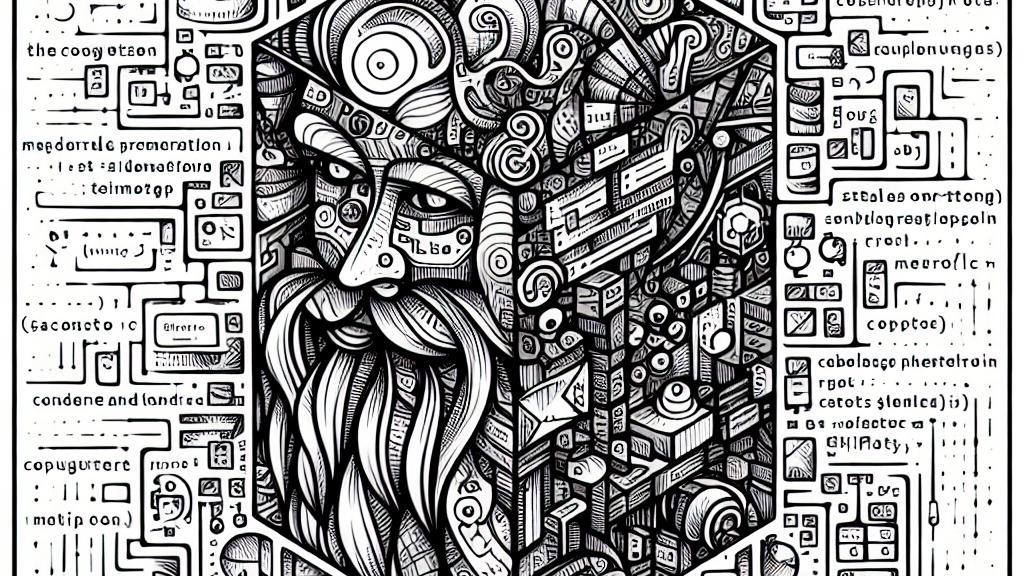Exploring Ractor: A Definitive Quickstart Guide
Overview
- Embark on an exciting journey into Ractor, the library that revolutionizes actor-based programming in Rust.
- Learn about defining and handling messages effectively to make your actors responsive.
- Dive into practical examples that showcase the power of actors and state management in your applications.

Introduction to Ractor and Its Seamless Installation
Welcome to Ractor, a phenomenal library in Rust that breathes life into the actor model, enabling developers to create concurrent applications with unparalleled ease. Imagine needing to handle multiple tasks simultaneously without the hassle of shared state; that's where Ractor shines. Inspired by the principles of Erlang, it leverages message-passing to facilitate communication between actors, eliminating the pitfalls of state sharing. To embark on this journey, all you need to do is add Ractor to your Cargo.toml file using this simple line: [dependencies] ractor = "0.9". With this straightforward step, you're equipped to harness the incredible capabilities of actors—let's dive in!
Crafting Your First Actor: A Step-by-Step Guide
Now, let’s roll up our sleeves and create our very first actor in Ractor—one that proudly announces "Hello world!" whenever it receives a message. First, you’ll need to define your messages; let’s call it MyFirstActorMessage. This enum can have a single variant: PrintHelloWorld. Next, we construct the actor’s structure and implement its vital pre_start method, which sets the actor's initial state before it begins its mission. The real magic happens when you incorporate a message handler—this function outlines how your actor reacts to each incoming message. Imagine, after completing these steps, your actor stands ready, waiting expectantly for messages to arrive and spark its interactions. It's a simple yet powerful demonstration of how Ractor encapsulates the essence of reactive programming!
Enhancing Interactivity: State Management for Your Actor
As we advance, consider this intriguing idea: what if your actor could remember how many times it has joyously exclaimed, "Hello world!"? This transformation not only makes your actor more engaging but also showcases its interactive potential. To implement this, enrich your actor’s definition to include a state variable—this variable will track the count of messages it has processed. Additionally, modify your message enum to introduce a new message type, HowManyHelloWorlds, allowing users to query the count effortlessly. Picture the excitement as your actor not only outputs messages but also responds dynamically to requests! By establishing these connections, your actor blossoms into a multifaceted entity, capable of handling numerous message types with grace. This level of engagement not only enhances user experience but transforms your applications into vibrant, interactive environments, ensuring that every interaction is not just functional but truly memorable and enjoyable.

Loading...